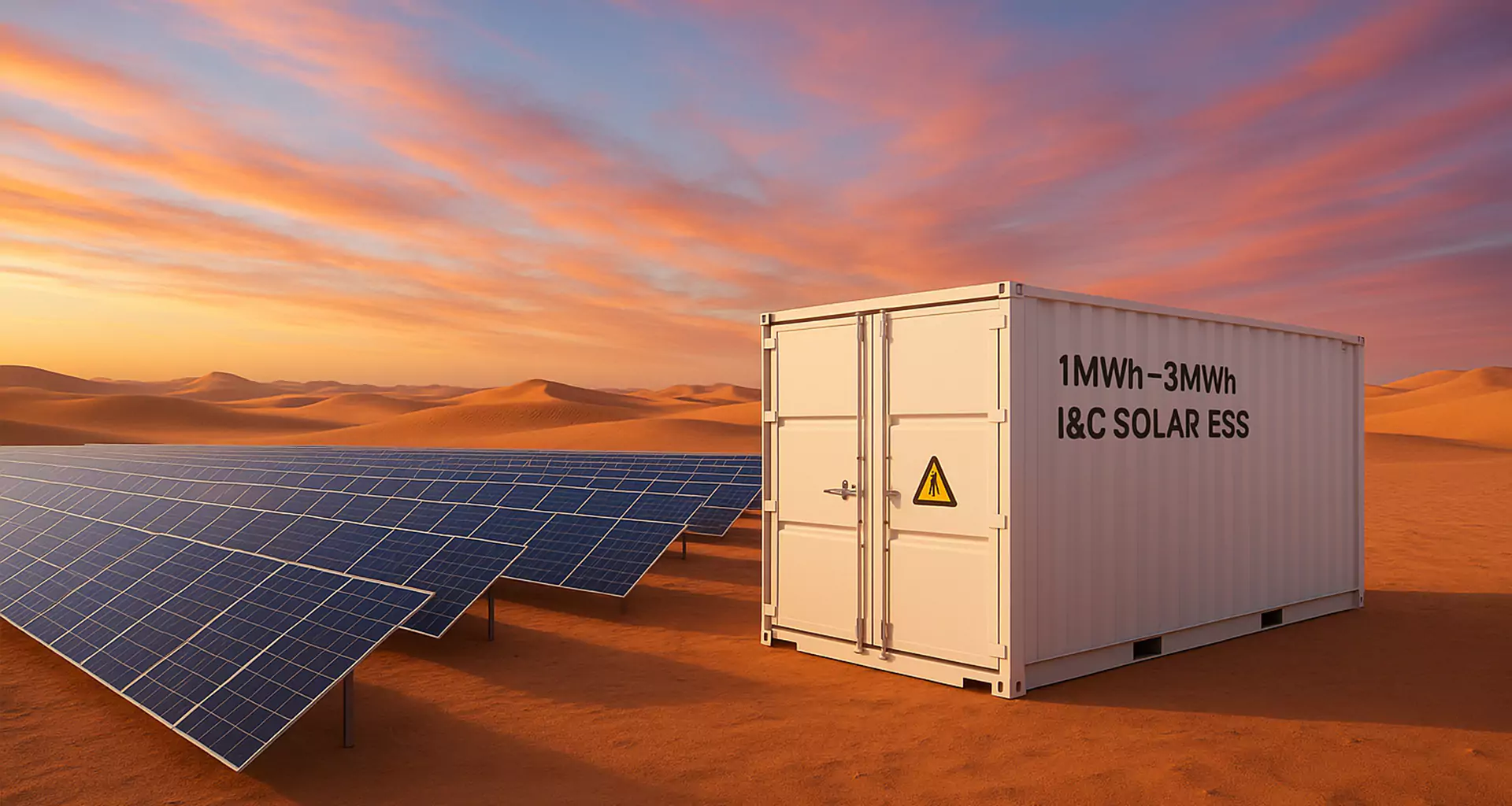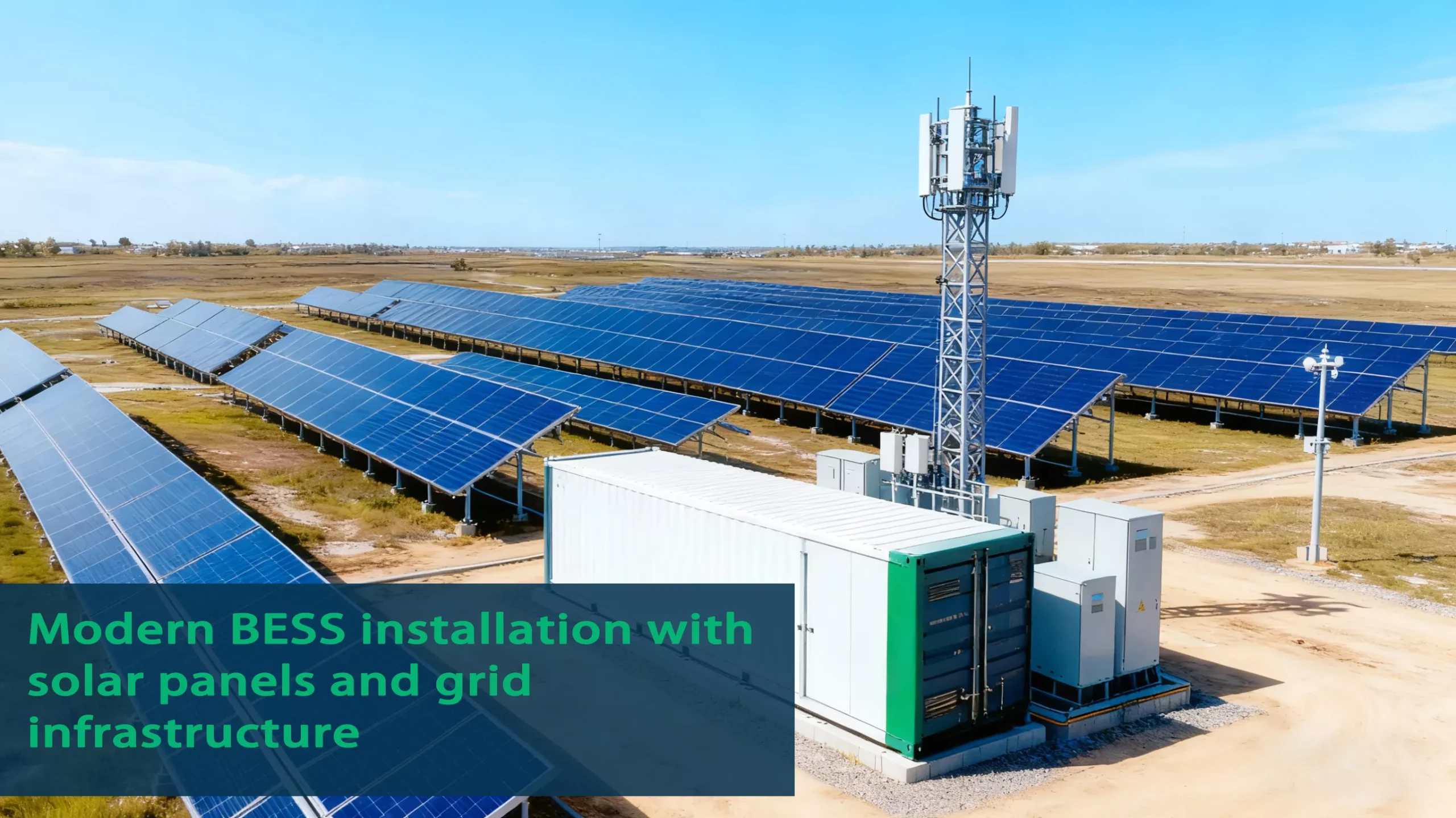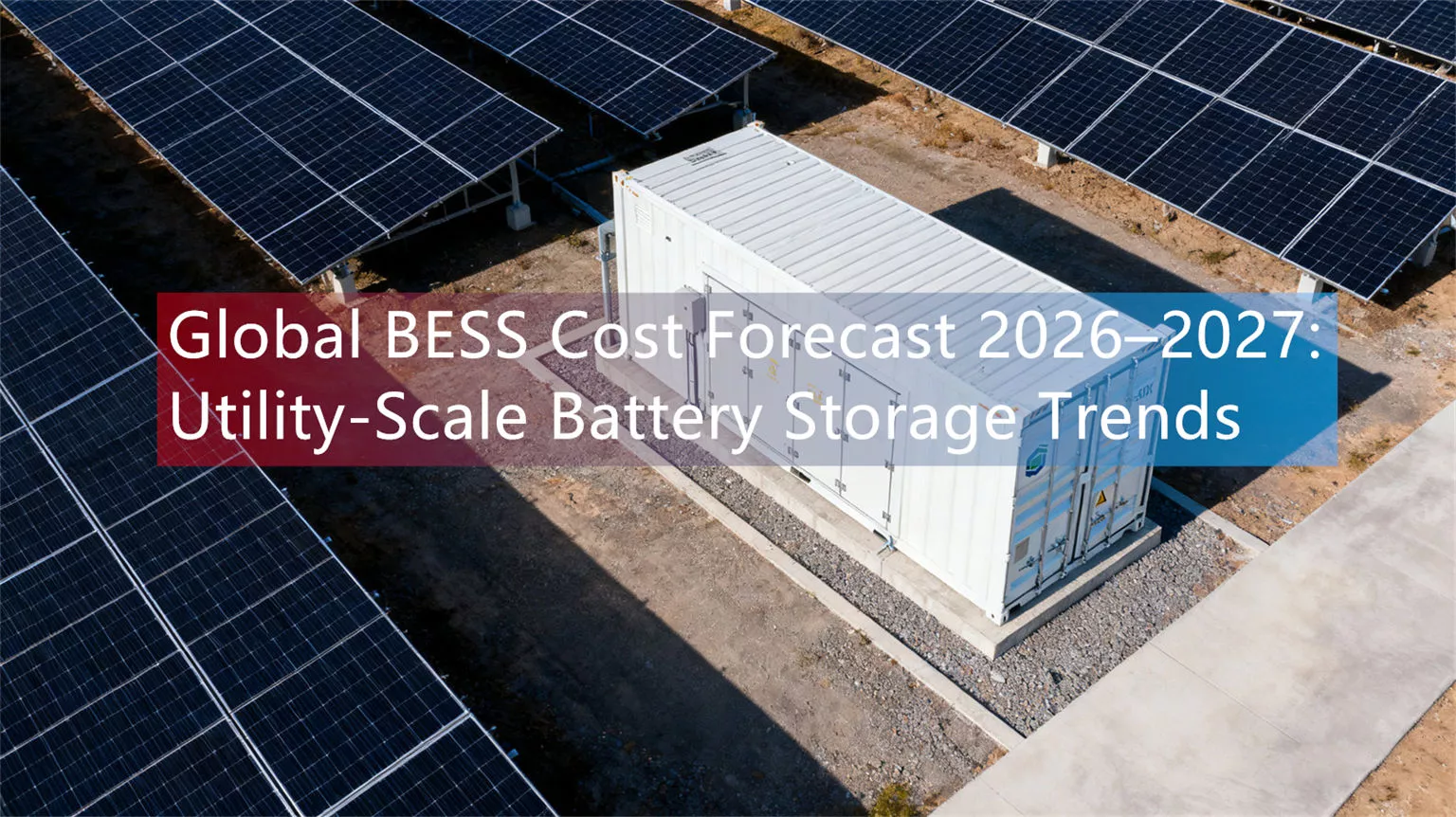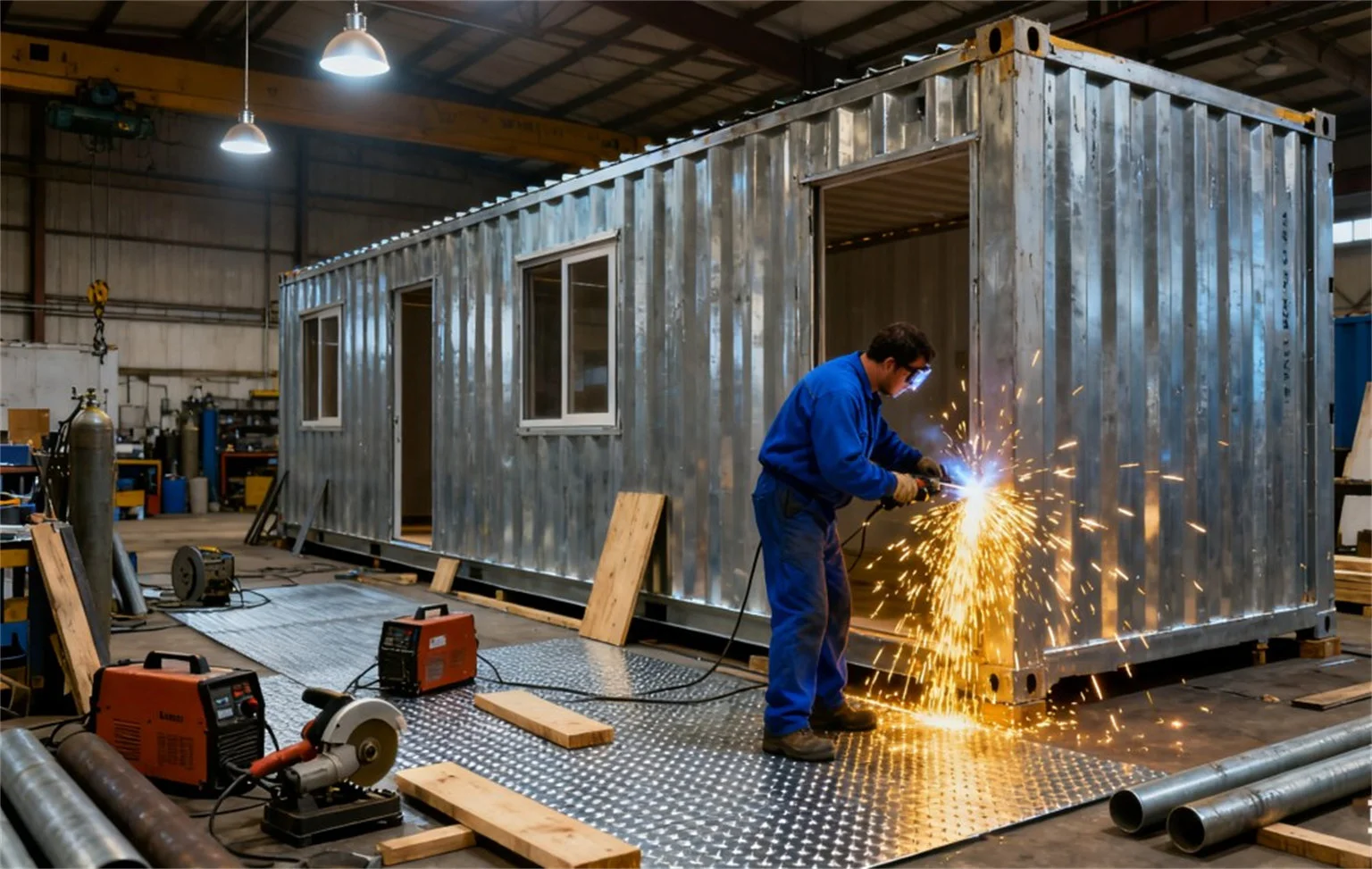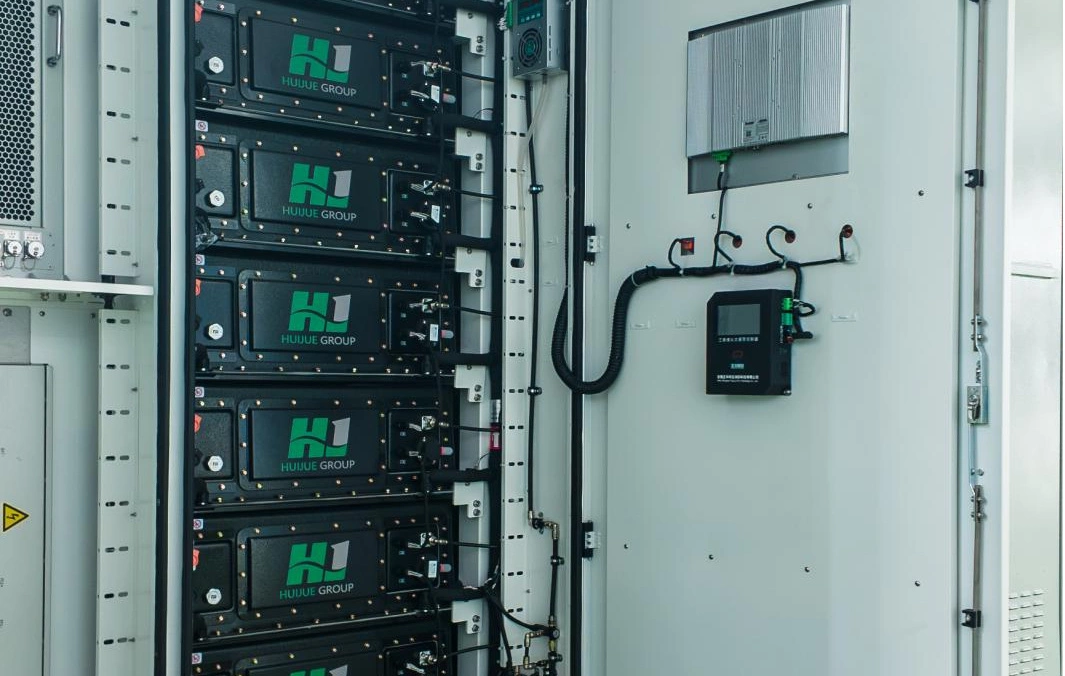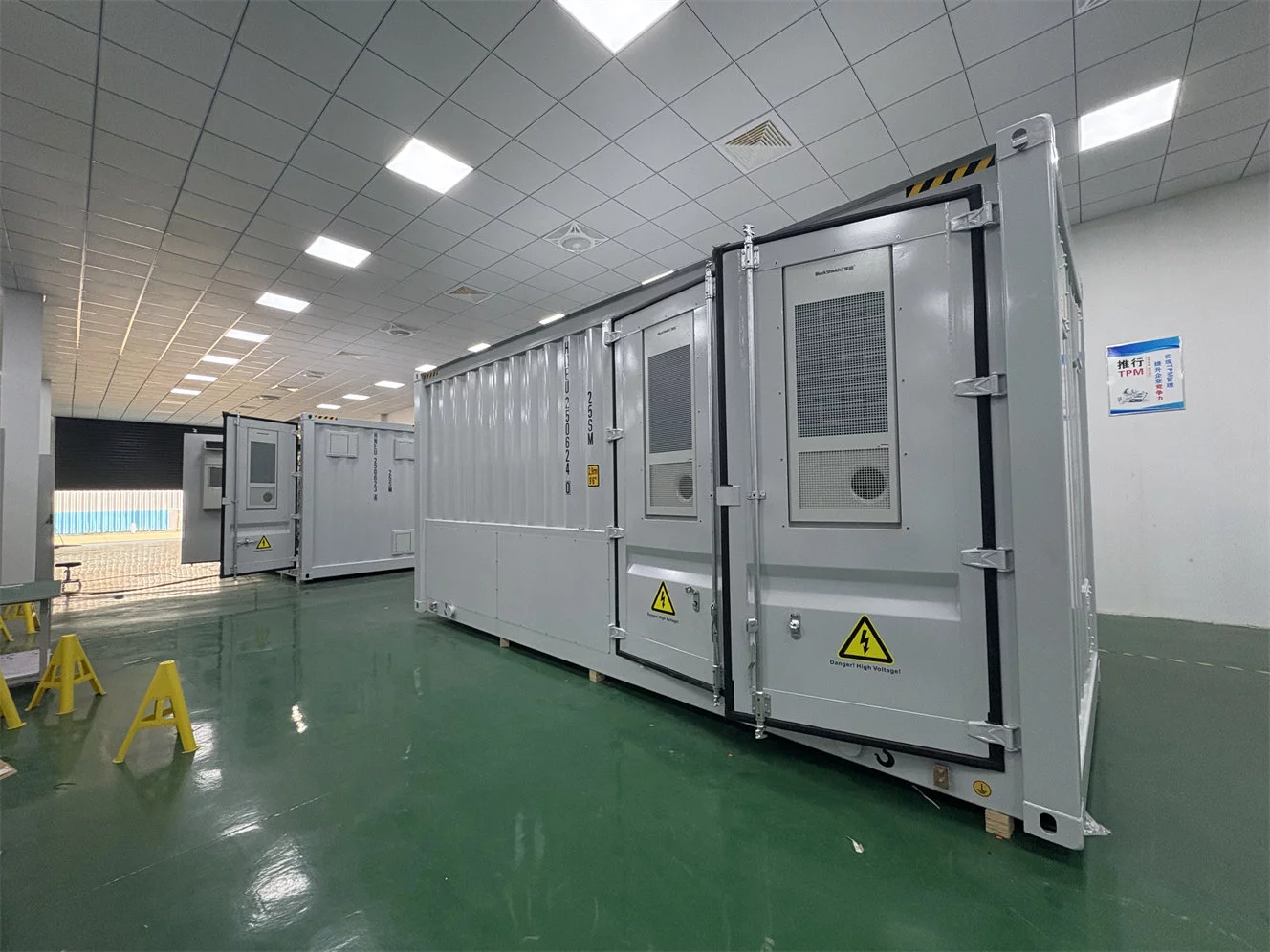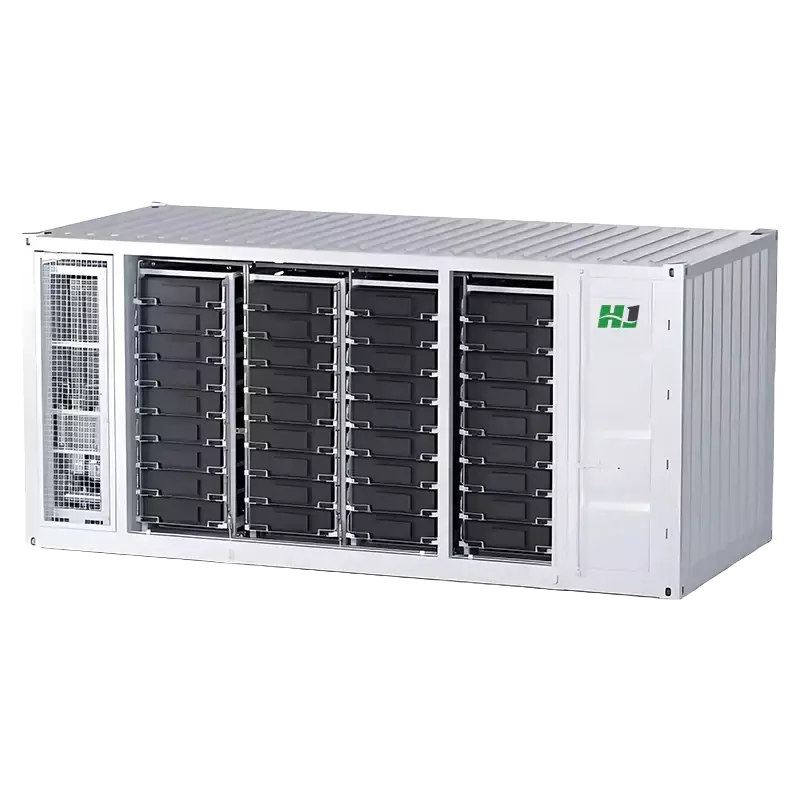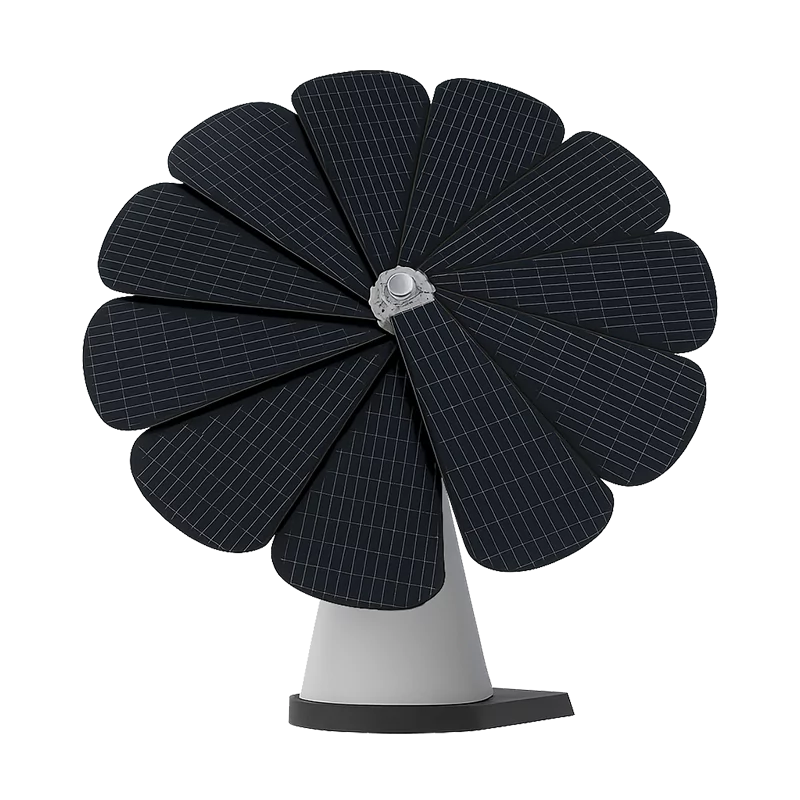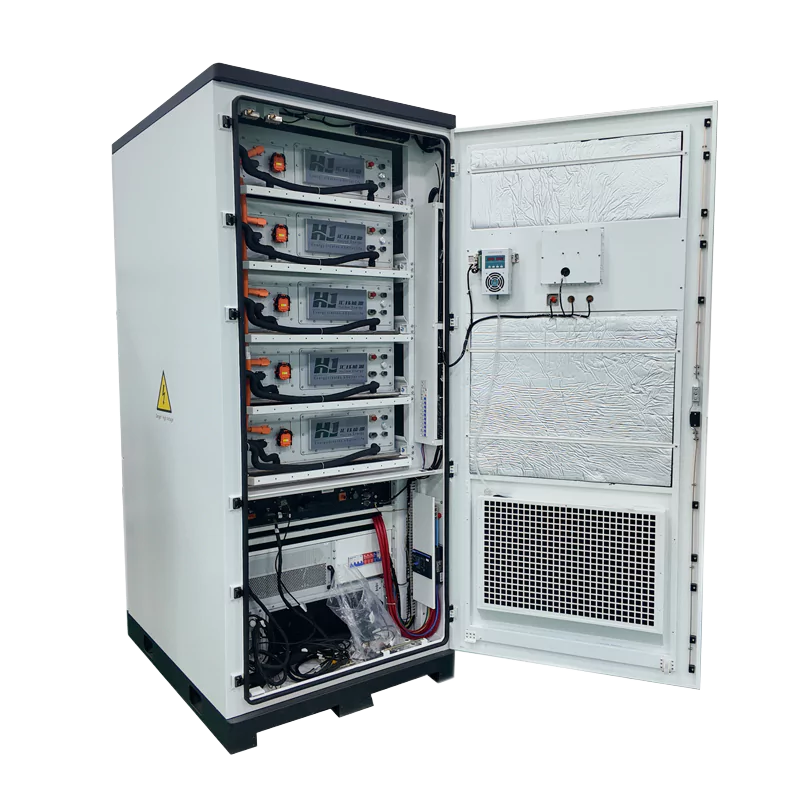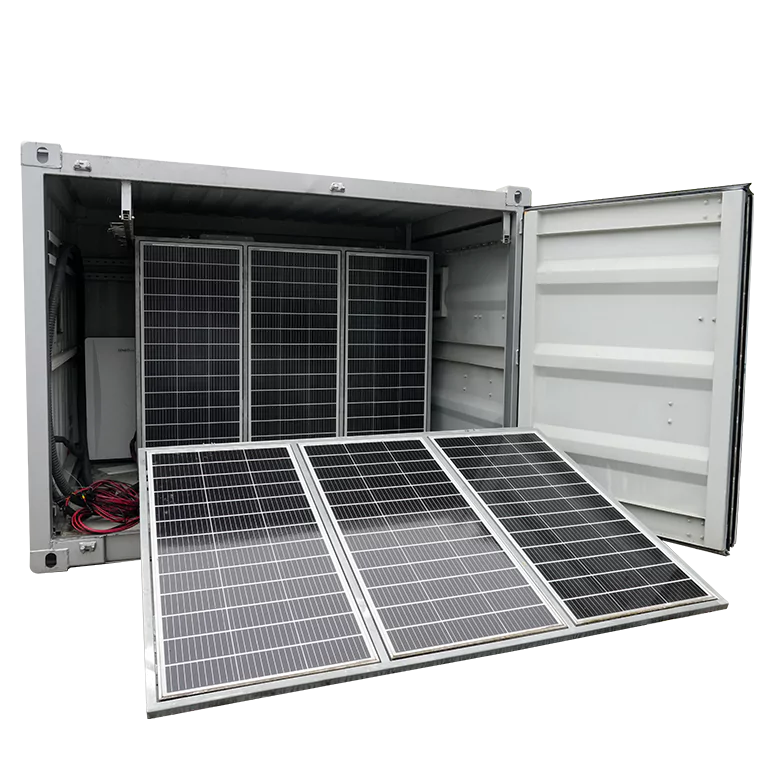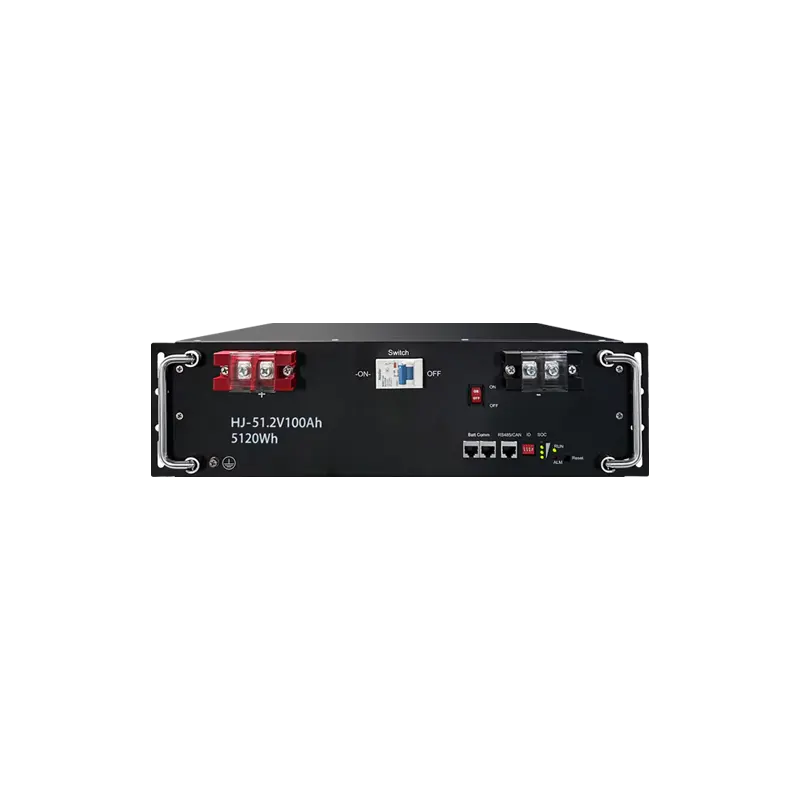Size for your home: The right solar inverter size for your home
More and more families are seeking to install home solar systems, which bring electricity bill savings and a low-carbon green way of life. But many are faced with the first hurdle: choosing a solar inverter. How much power should it supply? Today, we’re taking the facts from needs analysis through to product selection, so you can know it all.
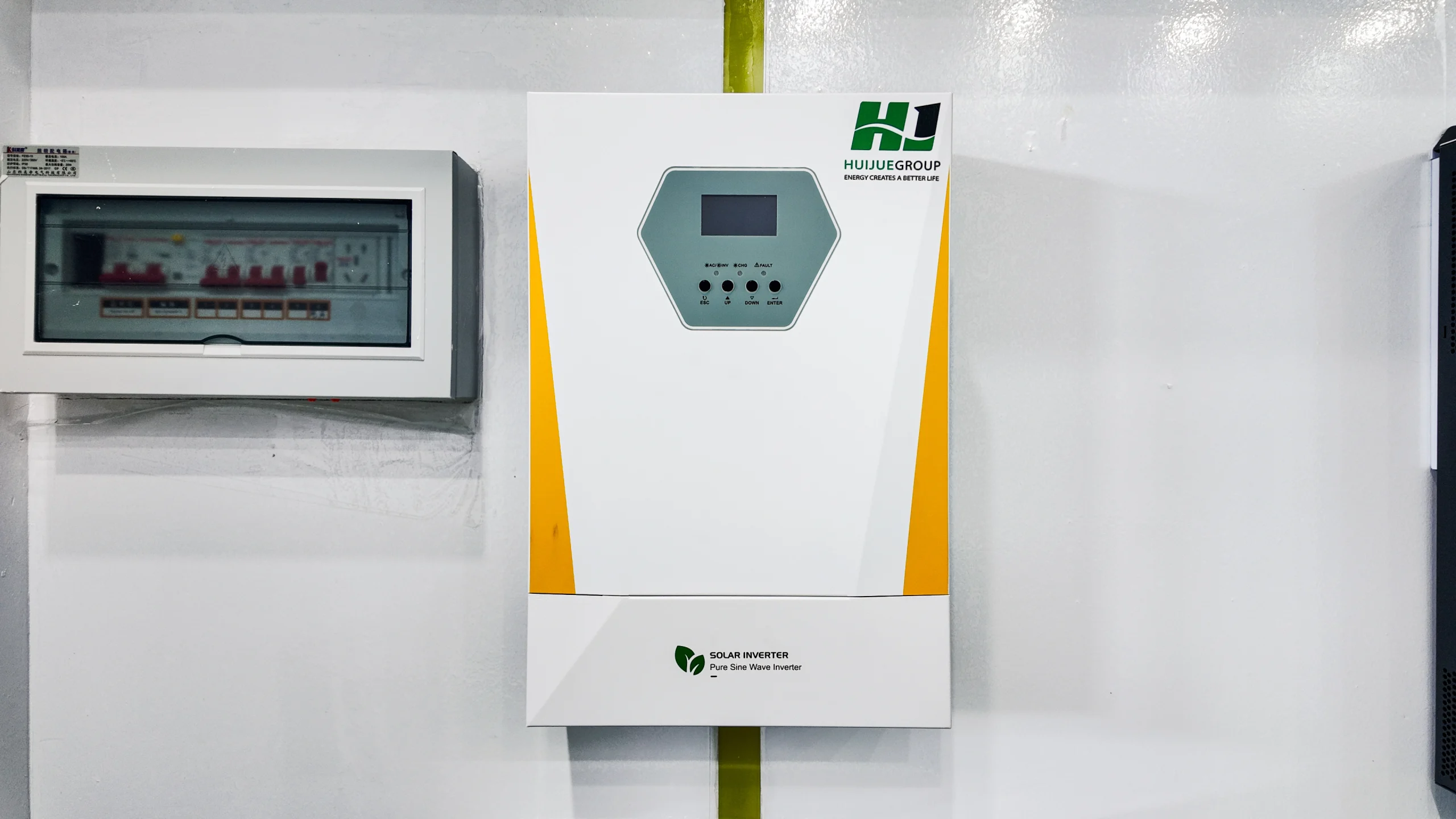
1. Why Inverter Size Matters
DC power from the solar panels has to be converted to AC power by an inverter to be supplied to household appliances. The capacity and efficiency of the inverter have a direct bearing on the system functioning smoothly as well as whether you can tap the power generated by the solar panels to its full potential.
Undersized: Power shortages during peak consumption hours can occur, even leading to shutdown.
Oversized: Upfront cost rises, and certain capacity is left unused, decreasing economic efficiency.
Thus, selection of an inverter should be done according to your home’s electricity usage patterns so that it can fulfill day-to-day needs and also provide space for further growth in the future.
2. First, calculate your home electricity requirements.
Before selecting a solar inverter, it is better to have a glance at the electricity bill or the smart electricity meter of an individual to know roughly their average monthly and daily electricity consumption (in kWh).
Seasonal variations: Air conditioning during summer and heating during winter may cause extreme peaks of electricity consumption.
Power-hungry equipment such as induction cooktops, dryers, and swimming pool pumps will require huge power levels but for a very small interval.
The profile of electrical consumption: If the household members stay at home during the day, direct solar power generation would even be more favorable, thereby increasing the system efficiency.
For example:
- A small household (2-3 persons) consumes 8-12 kWh per day.
- A medium household (3-5 persons) consumes 15-25 kWh per day.
- A large household (5+ persons with much more appliances) consumes over 30 kWh per day.
3. Basic Functions of a Solar Inverter
A good quality home solar inverter is not only concerned with the DC-to-AC conversion. It must also offer stability, efficiency, and safety:
- Pure sine wave output: Protects sensitive electronic equipment from voltage fluctuations.
- MPPT Maximum Power Point Tracking: Provides power generation efficiency even during cloudy weather, low light levels, or temperature fluctuations.
- Multiple mode switching: Solar preference, grid preference, hybrid power supply, or battery preference, accommodating various situations in a divergent manner.
- Parallel expansion: Some models accommodate 2-6 units in parallel, expanding easily from 5kW to more than 50kW.
- Smart monitoring: Remote monitoring using Wi-Fi or RS485 provides real-time monitoring of power generation, battery level, and load status.
- Multiple protections: Overload protection, short circuit protection, reverse polarity protection, and voltage imbalance protection for system and appliance protection.
4. Kit Size Compatible with Home Scenario
All sizes of homes are catered to by our range of all-in-one solar kits consisting of inverter, battery, and solar panels, eliminating the hassle of purchasing individual components:
- 3kW Small Kit: Ideal for small villas and small houses with minimal power requirements such as TV, lighting, refrigerator, and router.
- 5-8kW medium kit: Has a split-phase 48V inverter and lithium iron phosphate battery and is ideal for running dryers, washing machines, air conditioners, etc.
- 10-12kW large kit: Ideal for larger houses or houses with high power usage. It can parallel multiple inverters to power an entire appliance set, including pool pumps.
All kits come with an MPPT controller, battery, cables, and mounting hardware, and are ready to install at any time.
5. Scalable Energy System
The issue of having to reinvest in their system as their needs increase bothers families. The modular design takes care of this.
Scaling up from 5kW to 10kW is simply a case of adding parallel inverters, solar panels, and batteries without having to rebuild.
Adding an electric vehicle to your home? Simply plug it into the charging point, and the inverter will automatically distribute power, prioritizing sunlight energy.
This setup maintains low initial investment risk while allowing the system to easily grow with the dynamics of your family.
6. Battery Selection and Energy Storage Benefits
High energy storage batteries are a perfect match with inverters. Our lithium iron phosphate batteries feature:
- Long life: Cycles over 6,000 times
- Excellent safety: Thermal stability and non-flammable
- Stable discharge: Stable voltage at low temperatures or high power delivery
- Intelligent management: Internal BMS tracks battery real-time status and extends battery life
With solar power energy storage batteries, you can not only run your home from the sun during the day but also run your home during a blackout.
7. Installation and Maintenance Recommendations
- Installation: Place the photovoltaic panels at the proper angle and use corrosion-proof brackets. Install the inverter in a dry environment with good air circulation.
- Maintenance: Wipe away dust from the photovoltaic panels periodically, check the tightness of the wiring, and check the operational status through the monitoring system.
- Maintenance interval: Inspect the whole system every six months to ensure long-term and effective operation.
8. Summary and Action Plan
Choosing the right solar inverter size is not just about figures; it’s your home energy plan.
- First, get to know your electricity consumption.
- Secondly, choose the right inverter and kit.
- Leave expansion room for future continued use over the next 5-10 years.
If you prefer a one-stop-shop solution, we can provide you with a complete data analysis, kit choice, installation, and maintenance package that will make it easy for you to switch to a clean energy lifestyle.
Contact us today for a free home electricity survey and personalized plan to get solar to actually work for you.
Find Your Solar + Battery Storage Specialist Now!
* Fill out this form and our experts will help you find the perfect solar storage solution for your home or business.


